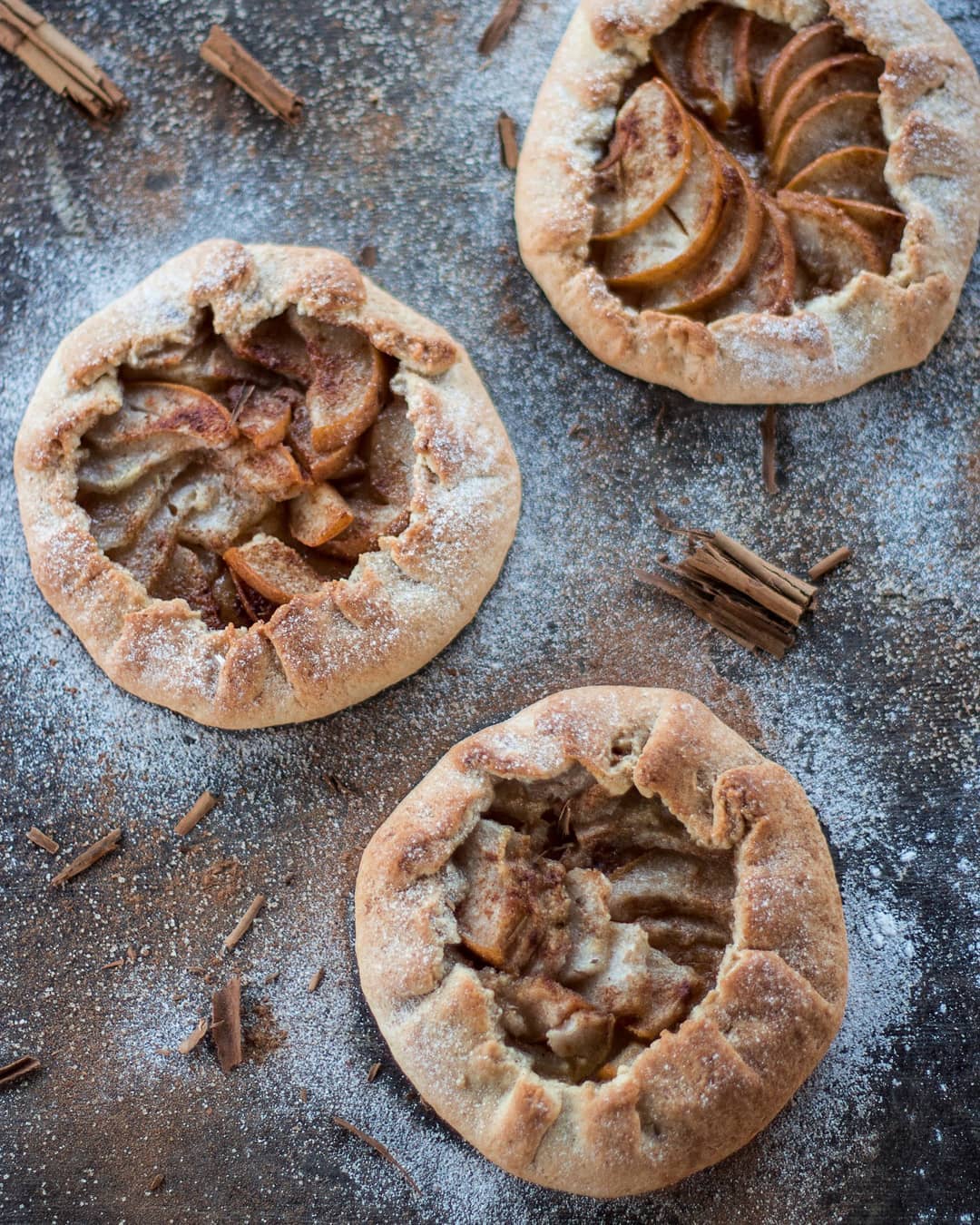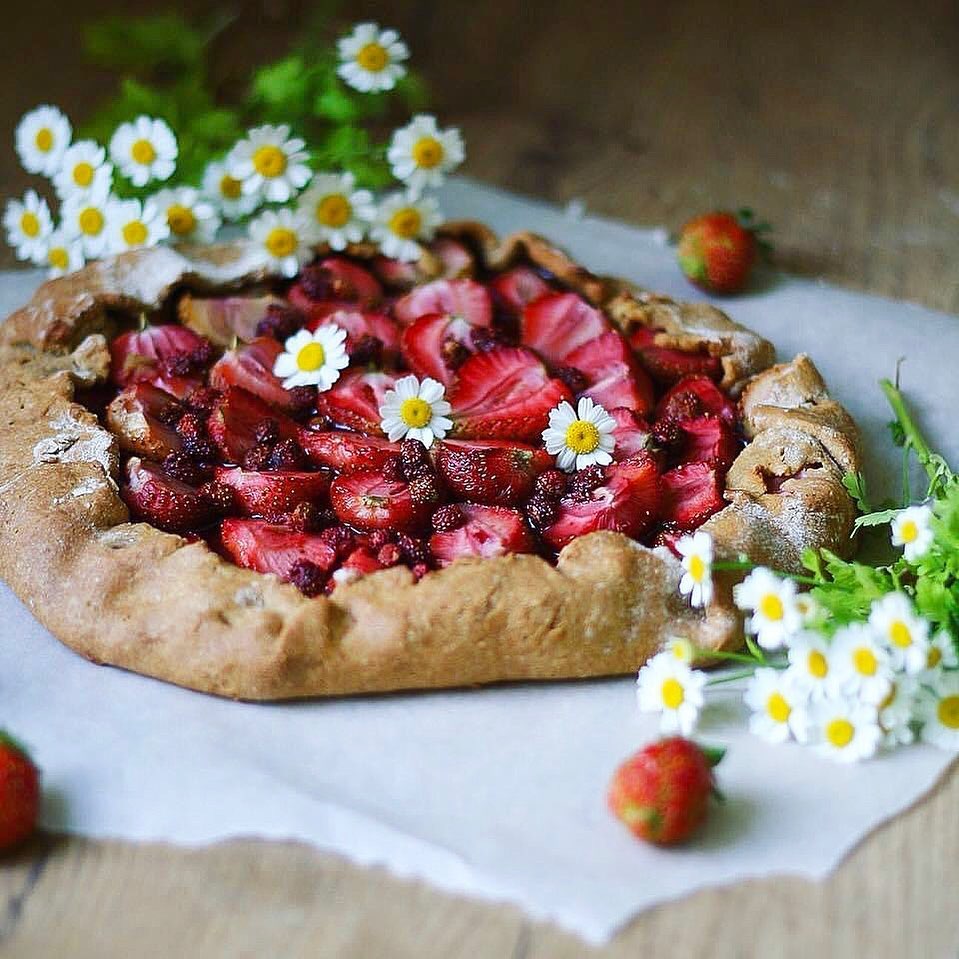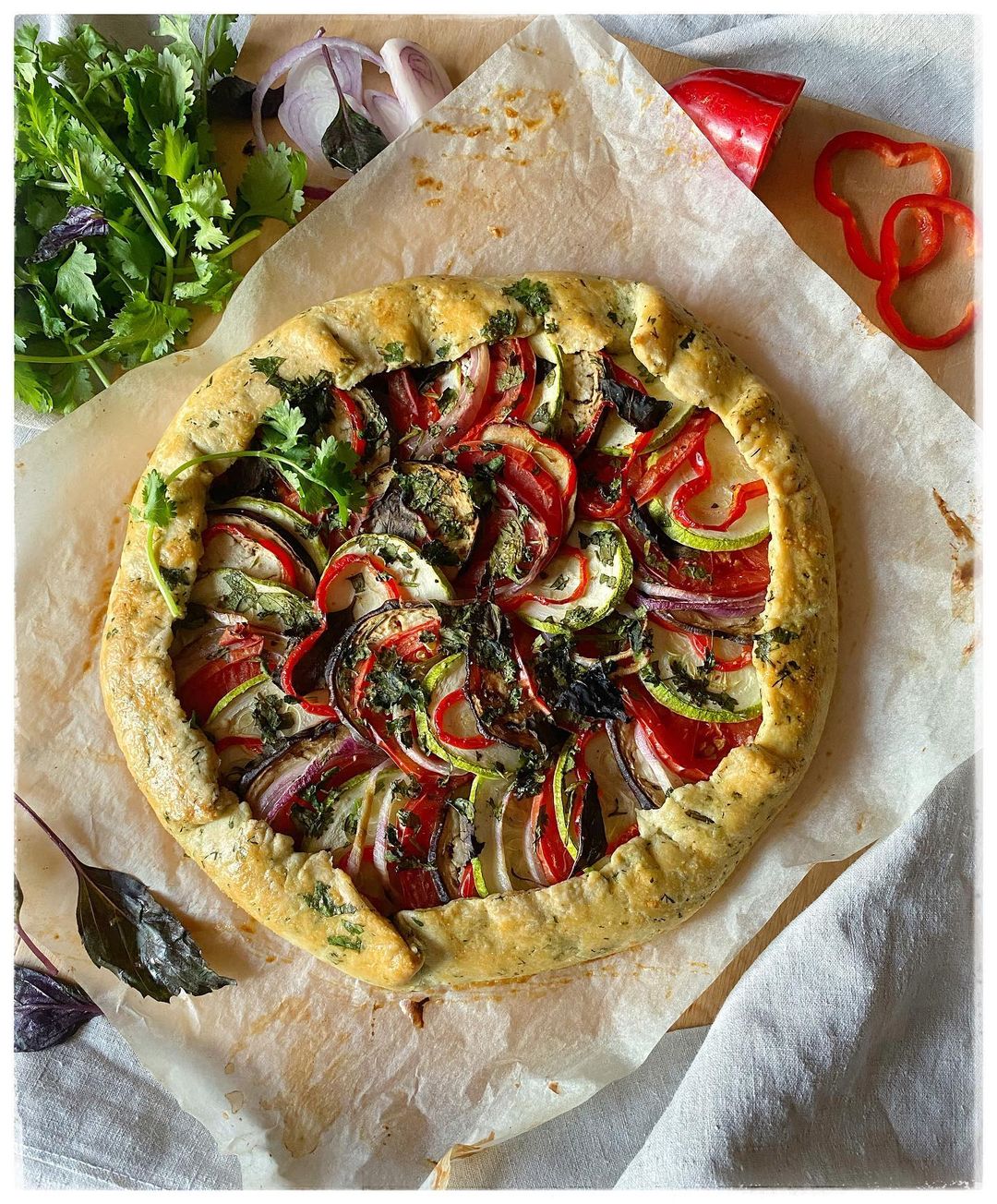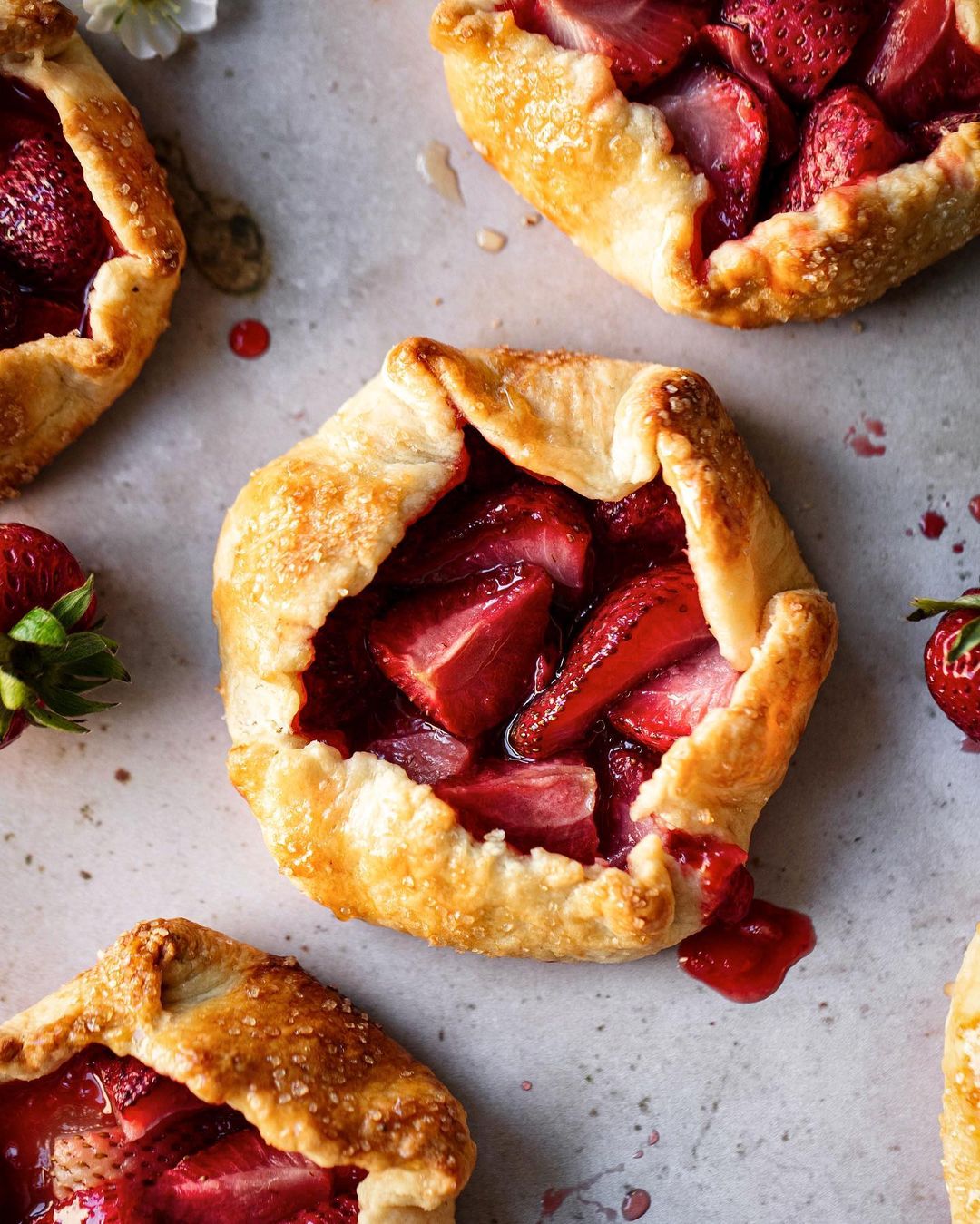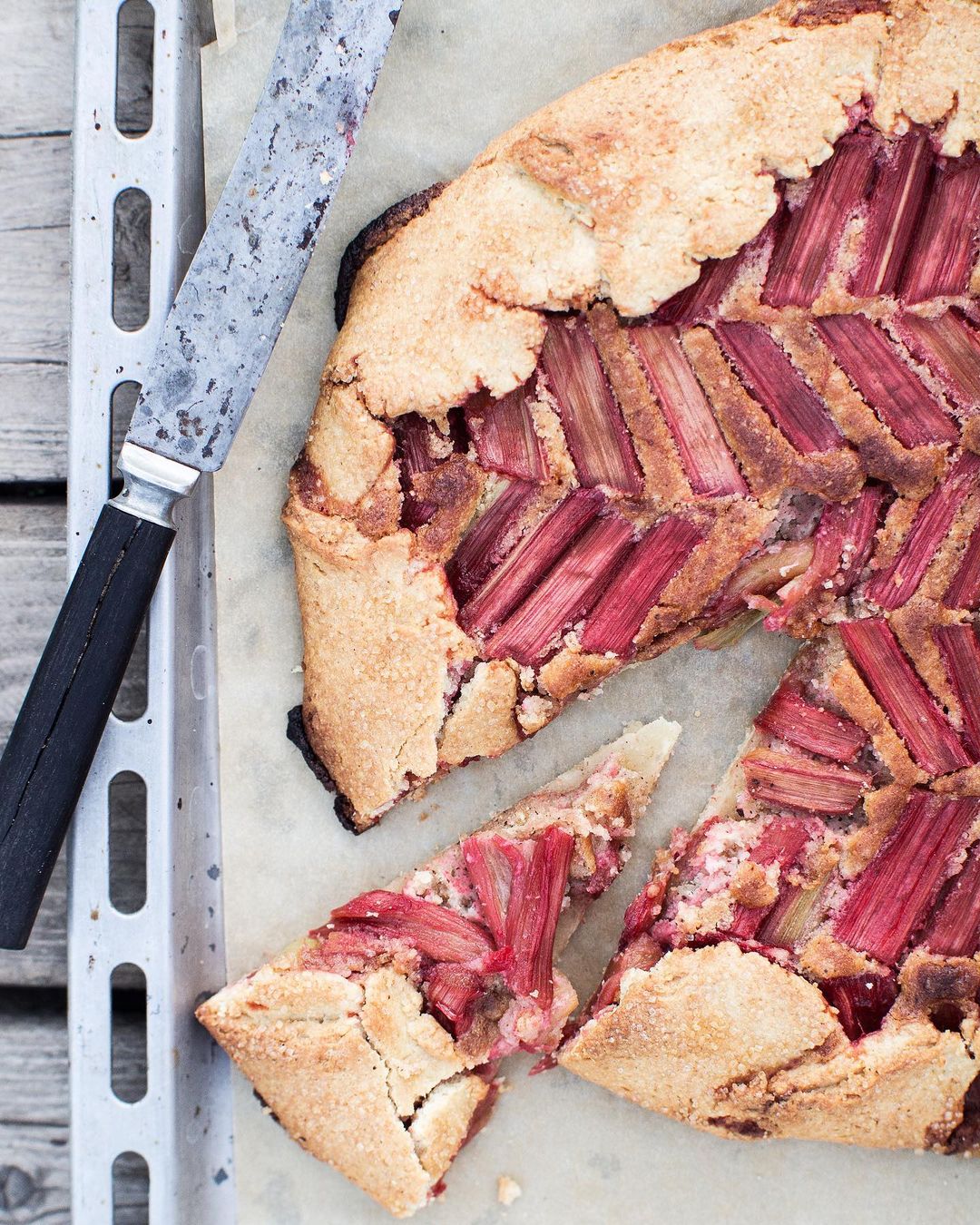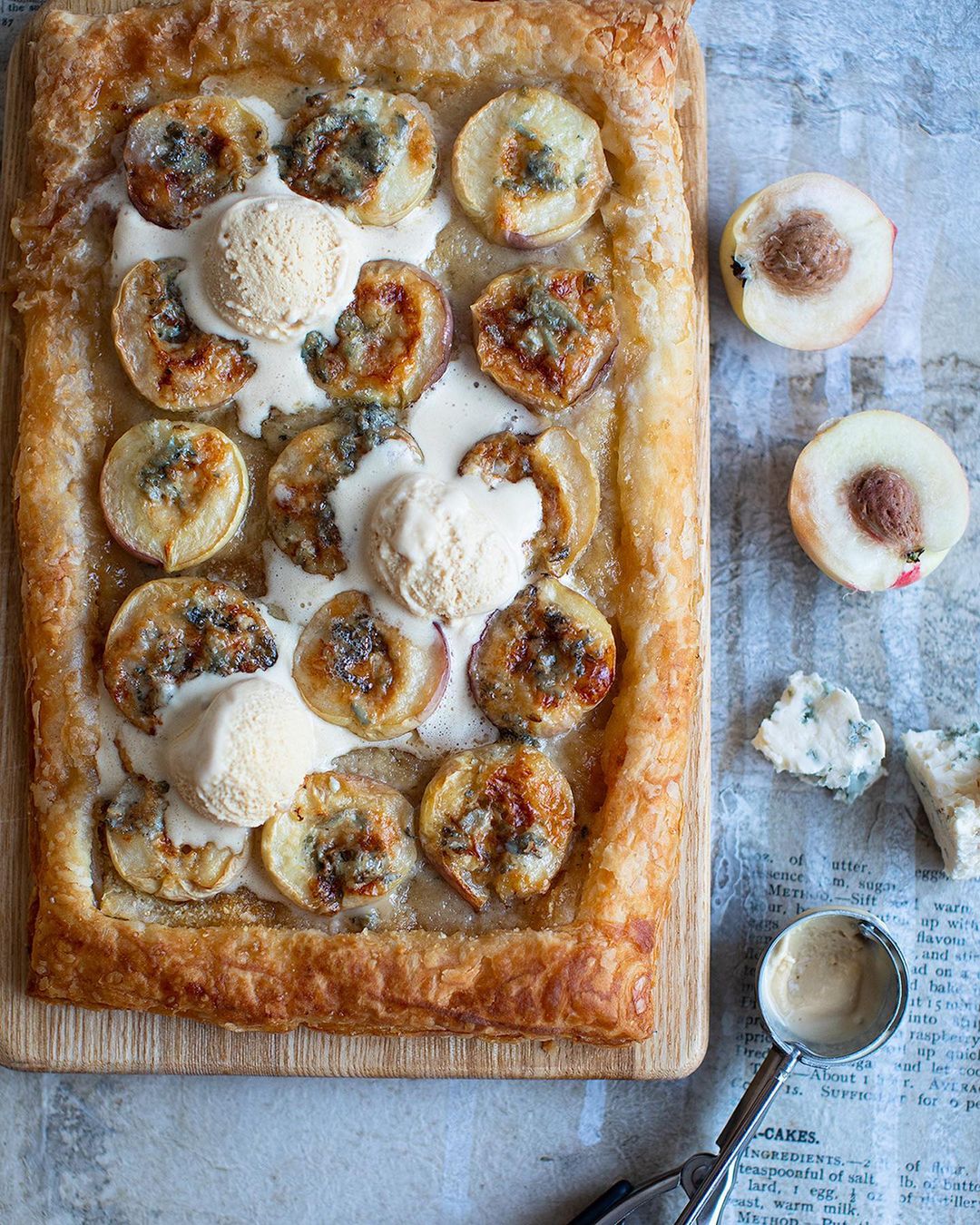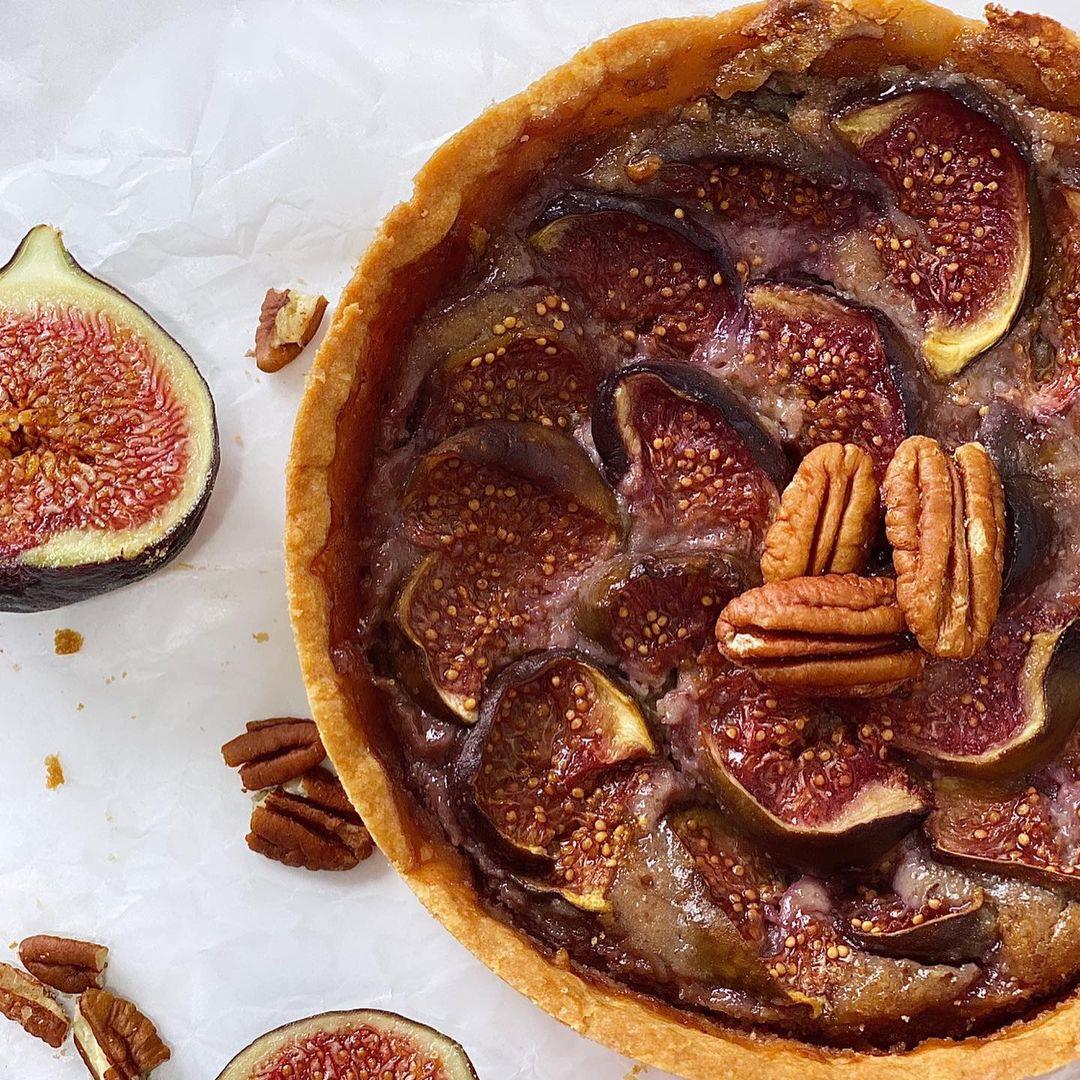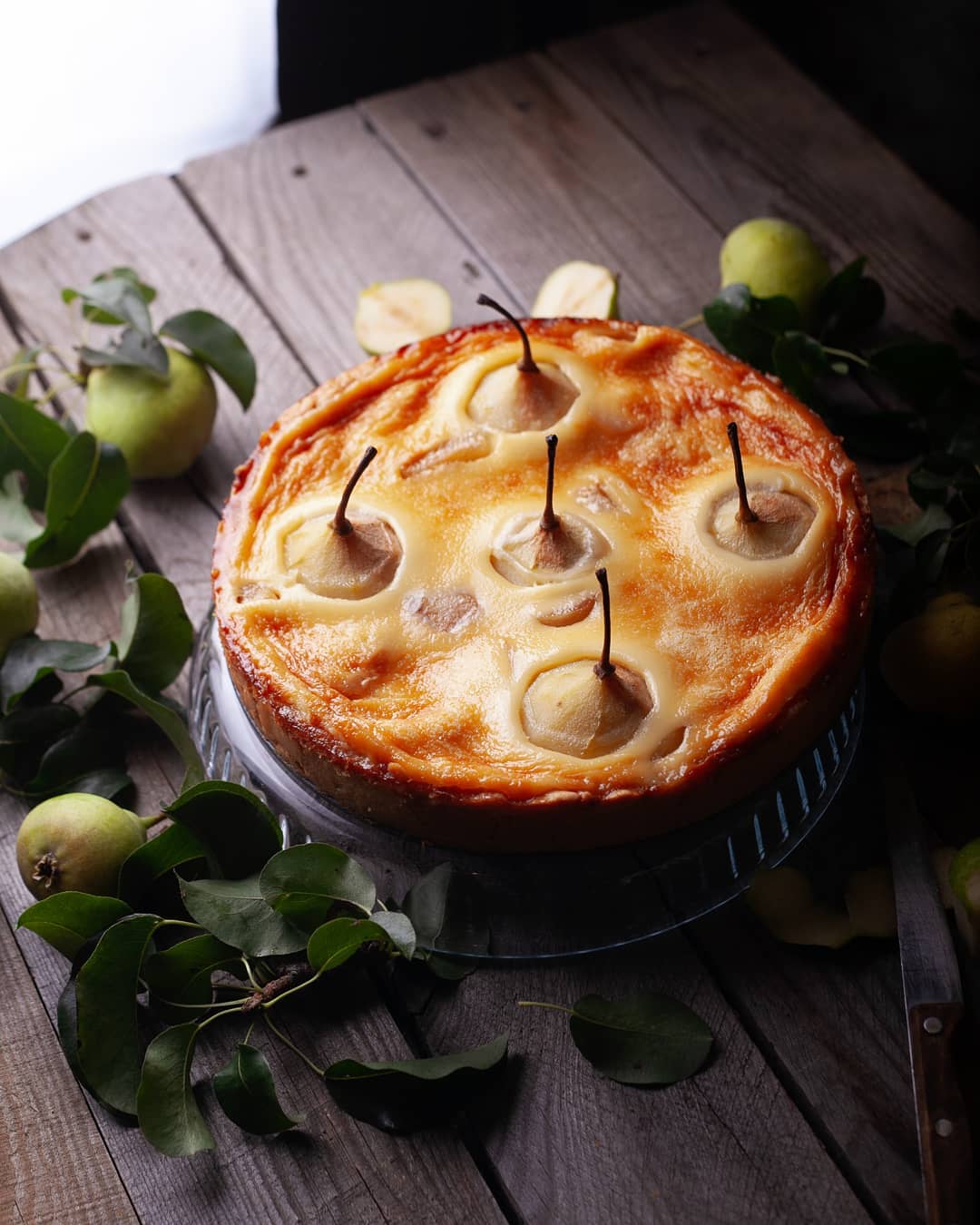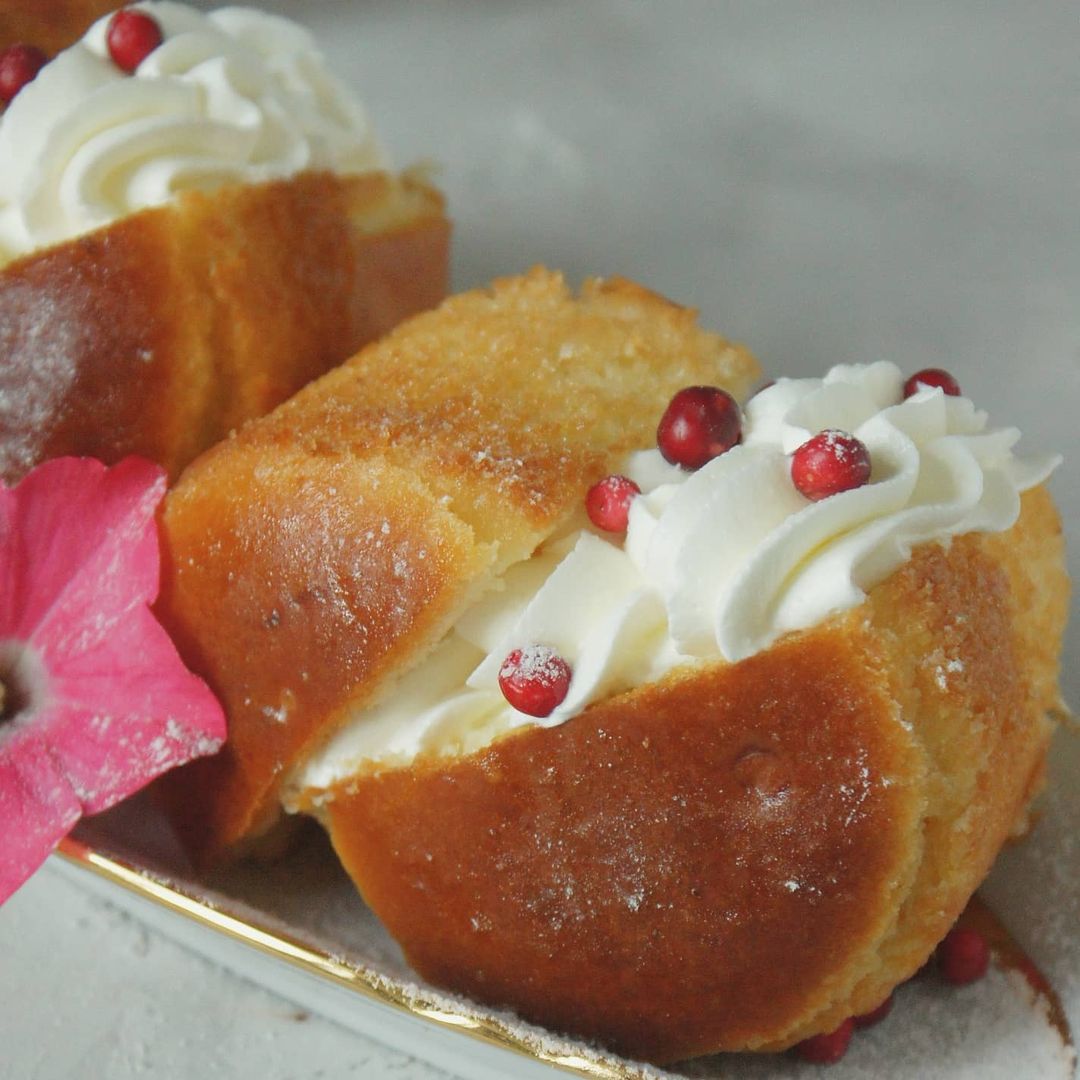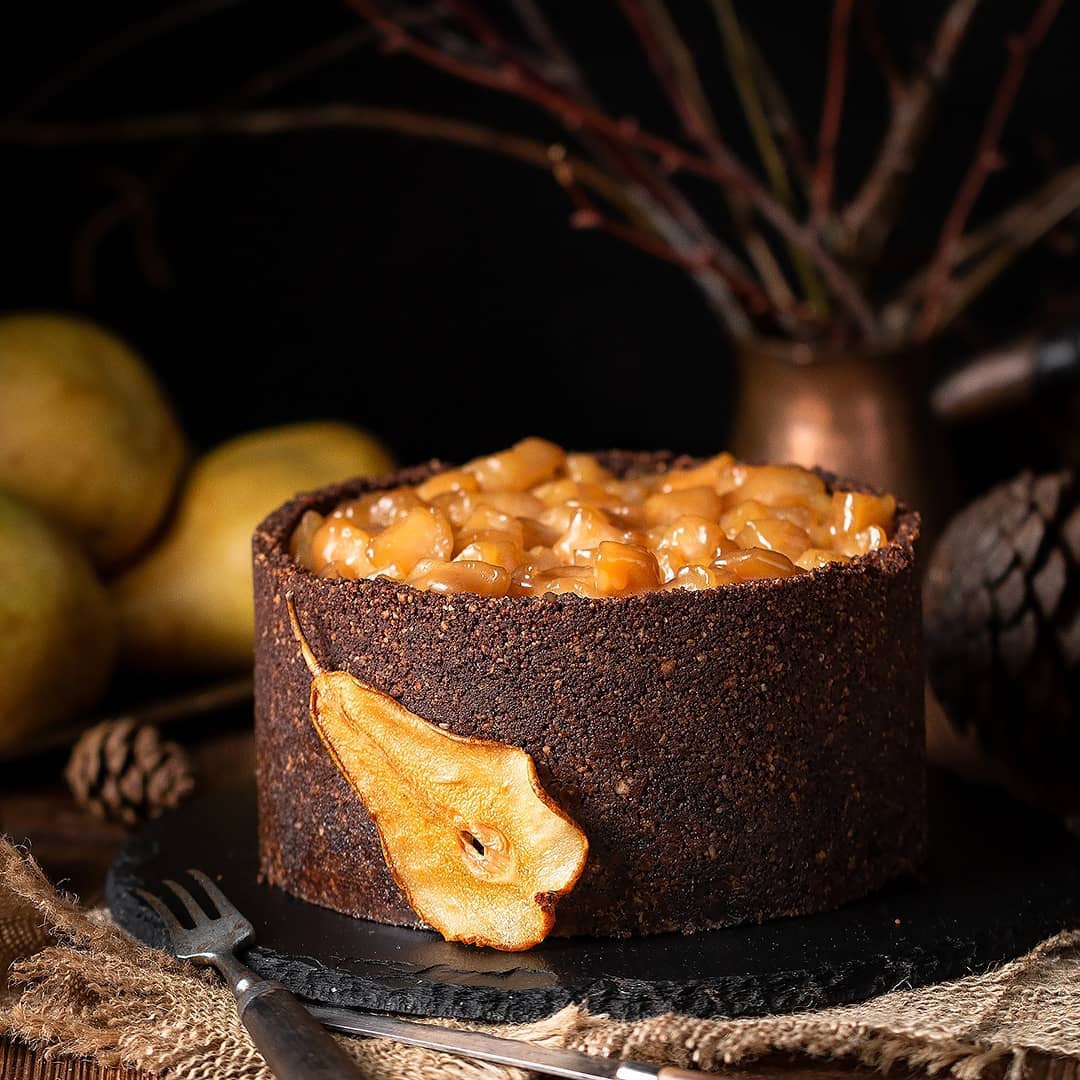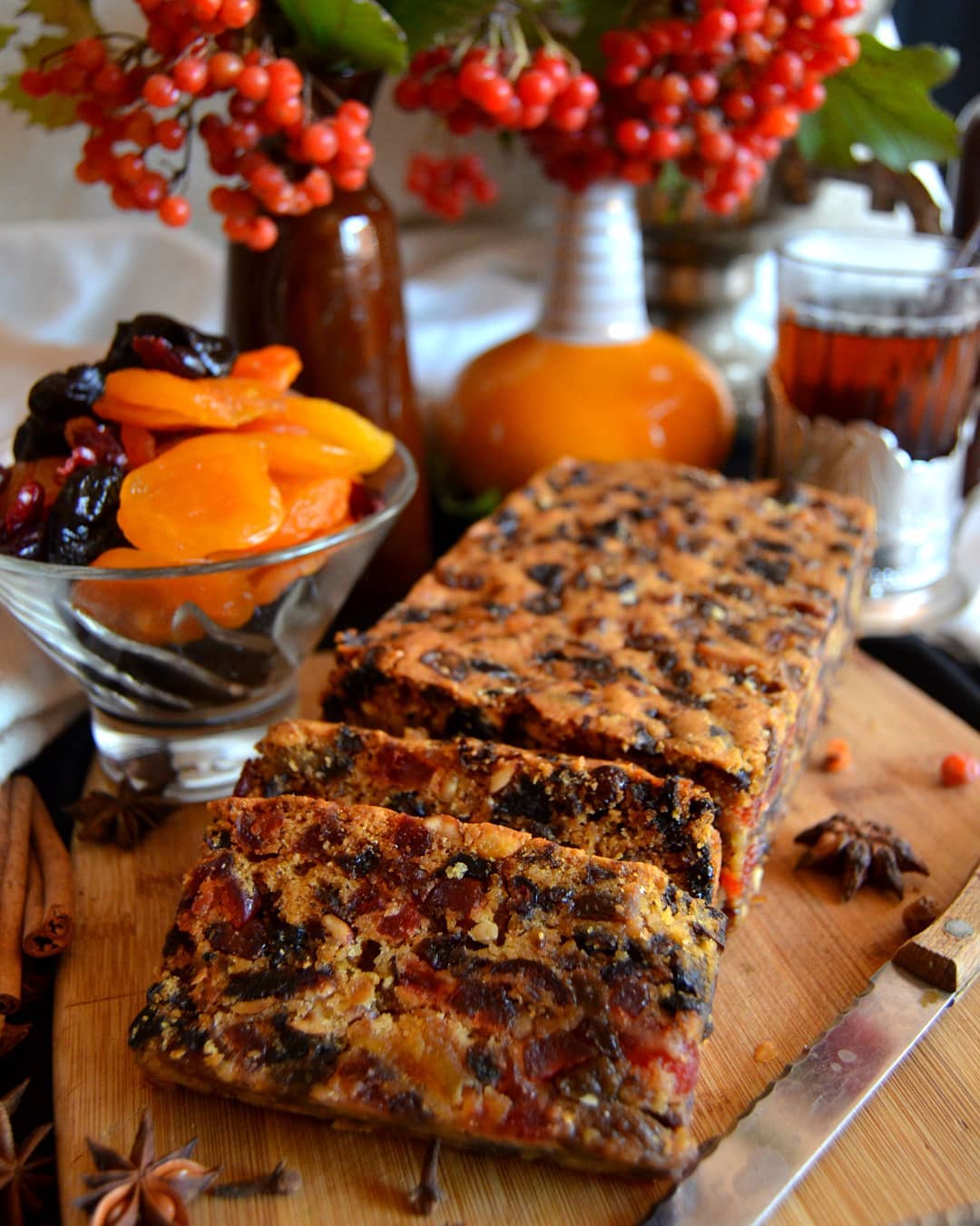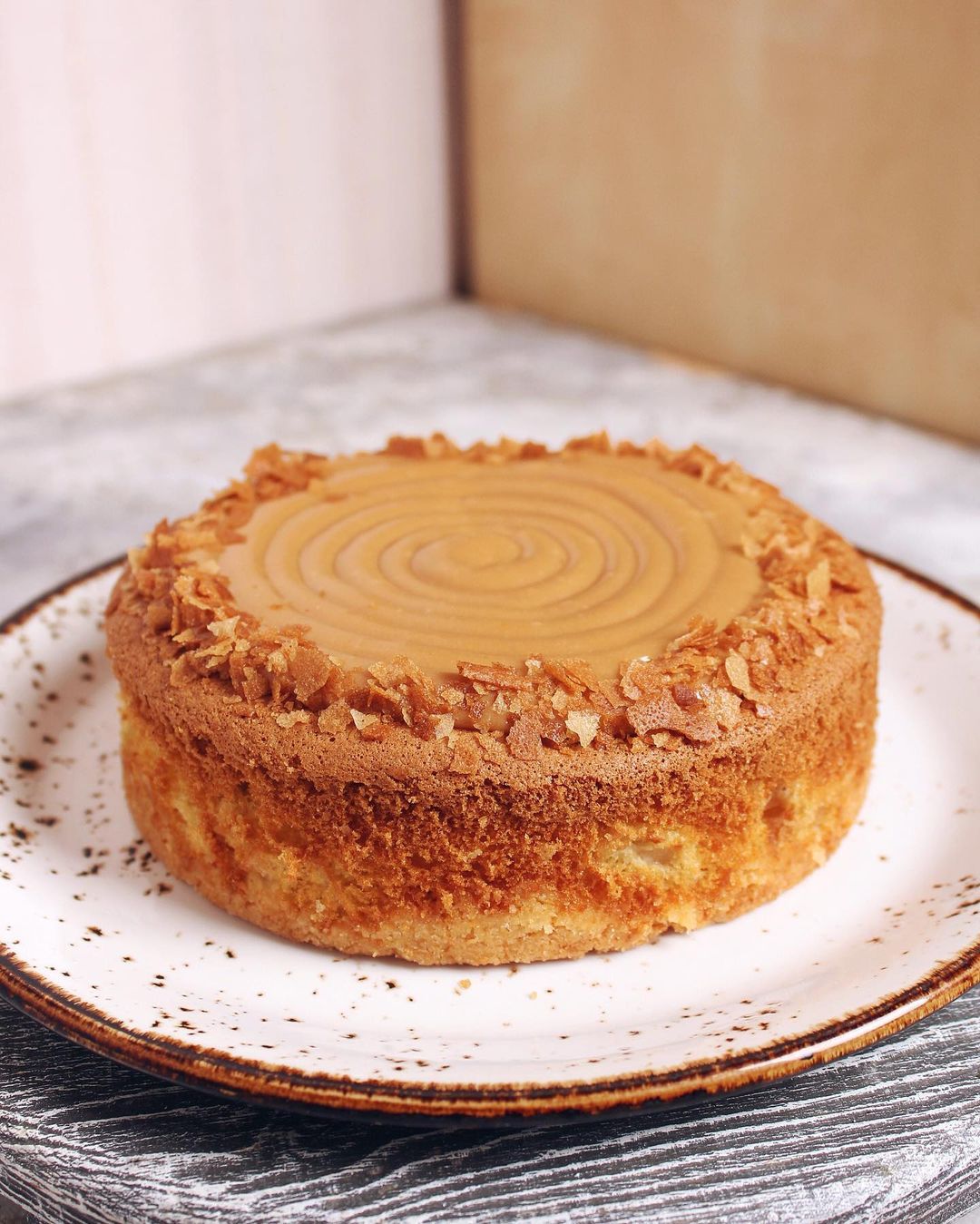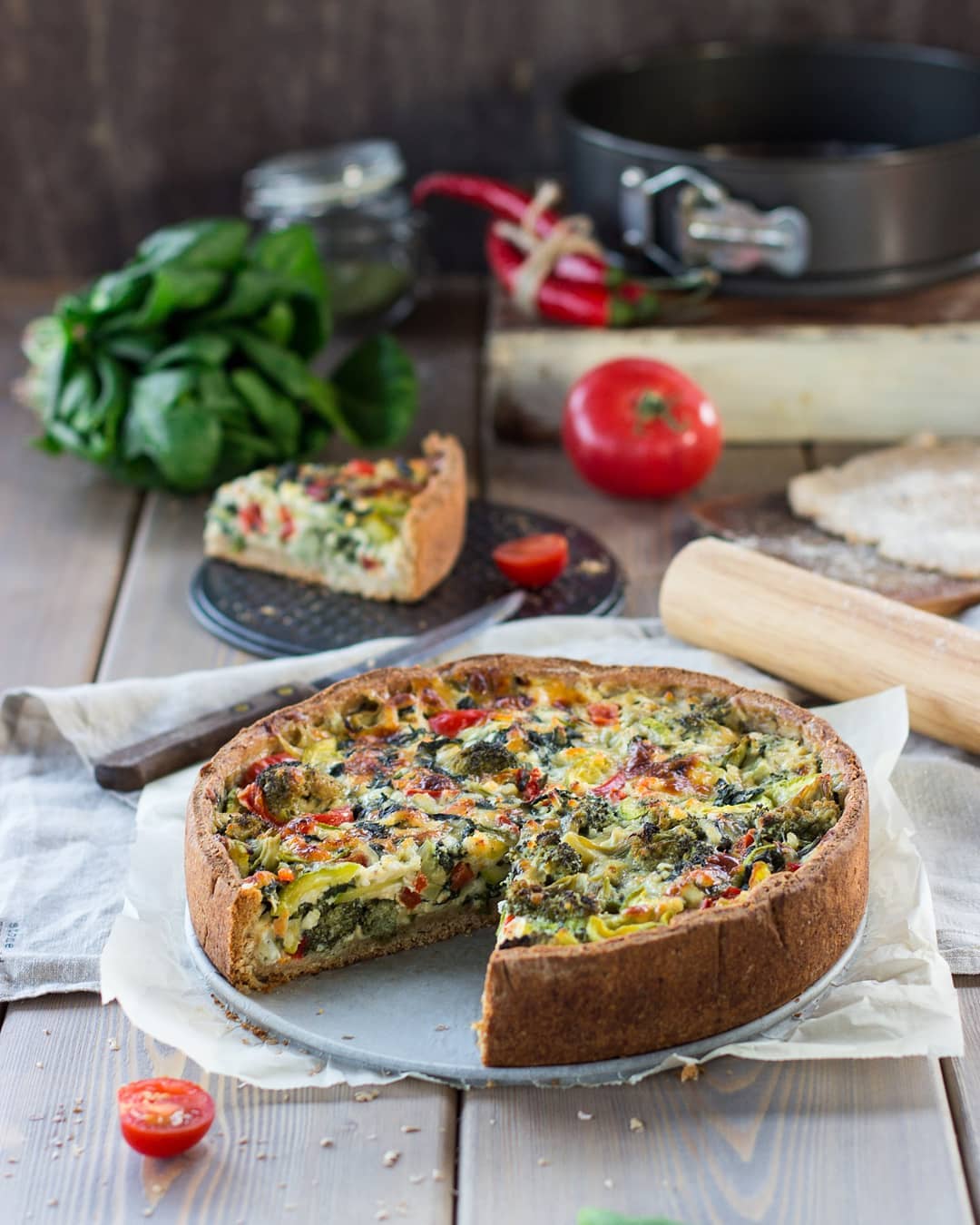Ingredients
Open pie
Instructions
Step 1
Step 2
Step 3
Step 4
Step 5
Step 6
Step 7
Step 8
Step 9
Step 10
Servings
Equipment
Essential for whisking together the dough ingredients. Opt for a non-slippery base for better control.
Precision is key in baking. Ensure your measurements are accurate for the best results.
Helps in evenly rolling the dough. A non-stick pin can make your job easier.
Choose a non-stick or parchment-lined baking sheet to prevent your pie from sticking.
Sharp enough to easily slice through pears but safe to handle.
Consistent temperature is crucial, so a preheated oven is your best friend.
Variations
Faq
- How do I know when the pie is fully baked?
The pie is ready when the crust is golden brown and the pears are tender. You'll notice the delicious aroma wafting from the oven. Keep an eye on it to avoid overbaking.
- Can I use other fruits instead of pears?
Absolutely! Apples, peaches, or berries make wonderful alternatives. Just ensure they are ripe and juicy for the best result.
- Should I peel the pears before using them?
It's a matter of preference. Leaving the peel on adds a bit of texture, while peeling them gives a smoother finish.
- What's the best way to store leftover pie?
Place the leftover pie in an airtight container and store it in the refrigerator. It should stay fresh for up to 3 days.
- Can I freeze the dough for later use?
Yes, you can freeze the dough. Wrap it tightly in plastic wrap and store it in a freezer bag. Thaw it in the refrigerator before use.
- How can I make the crust flakier?
Ensure that your ingredients, especially butter, are cold. You could also chill the dough briefly before rolling it out for an extra flaky crust.

